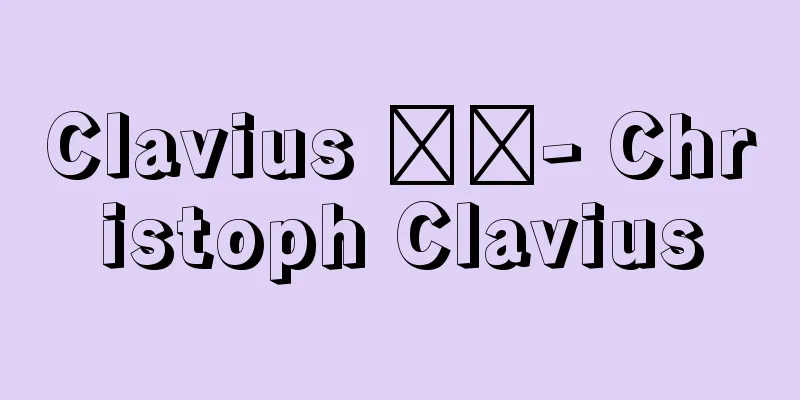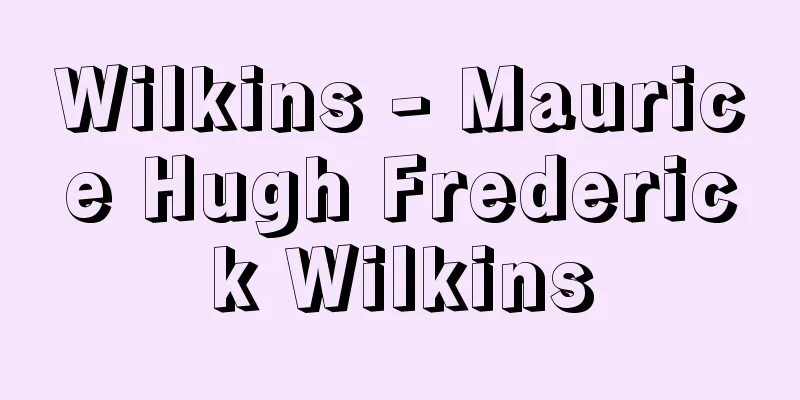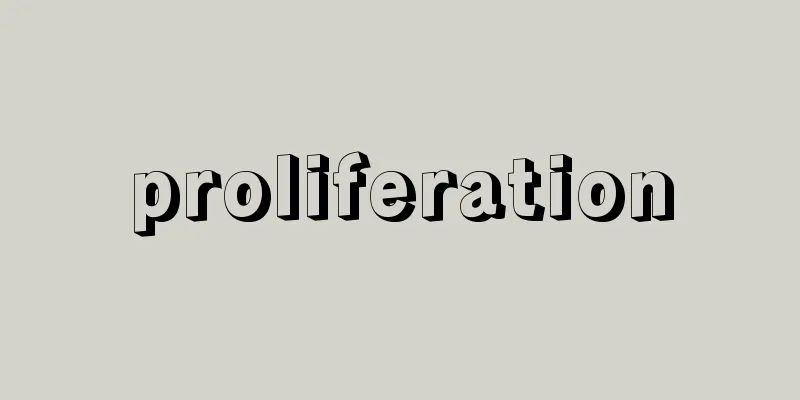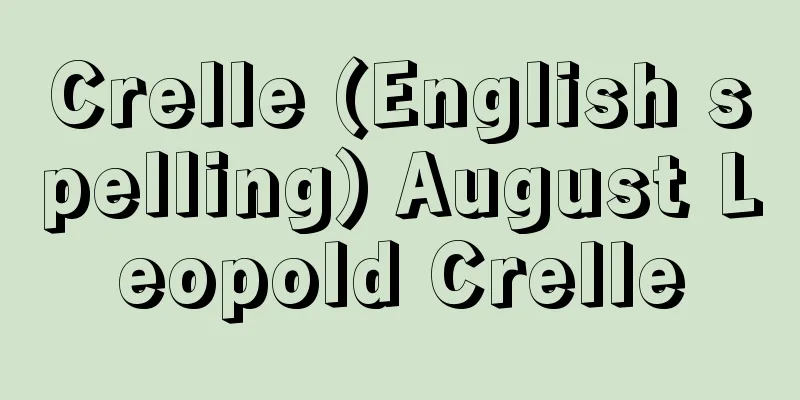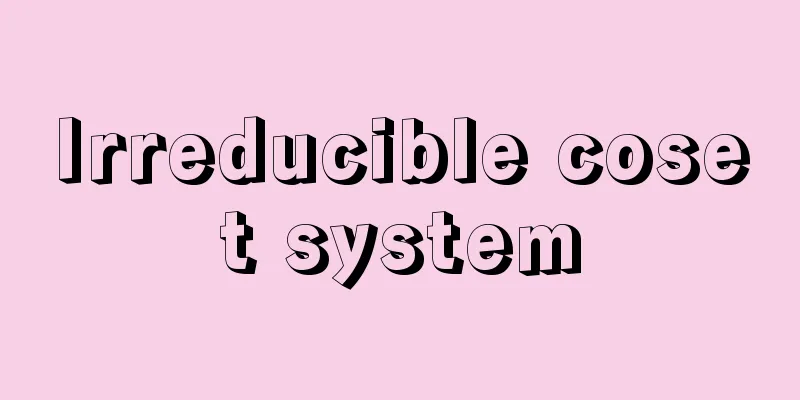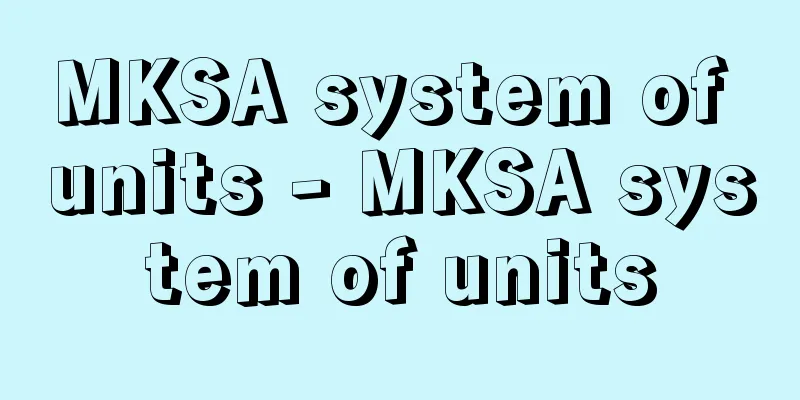Educational curriculum
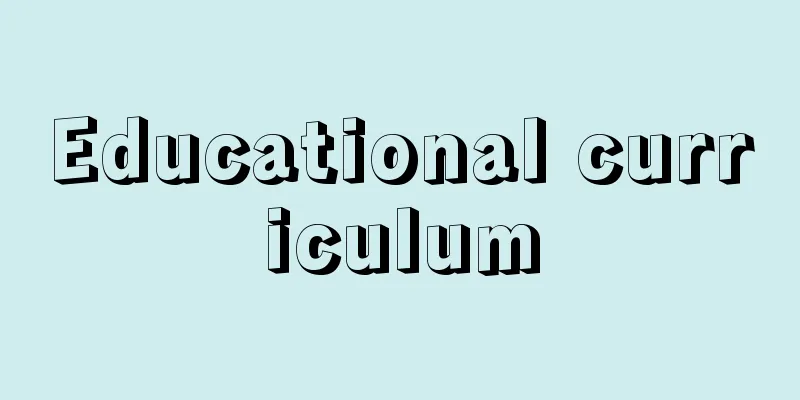
Definition and meaningThe curriculum has generally been understood as "a school's educational plan that comprehensively organizes educational content in relation to the number of class hours according to the mental and physical development of students in order to achieve the purpose and goals of school education" (Ministry of Education, Elementary School Instruction Manual, General Curriculum, 1979). However, this definition does not include the activities and practices of students that are carried out based on a plan, nor does it include things that students learn and experience through unplanned and unintentional activities. A broader definition that includes the so-called "hidden" part would be "educational content that students are asked to acquire, or that students have acquired, through planned or unplanned educational activities in some educational institution." The term "curriculum" is derived from the Latin "currere" (the course to run, the path to walk). The meanings and contents of curriculum and educational course are historically, theoretically, and practically diverse. The term "curriculum" became common in school education after 1950. Before that, the classification of teaching materials selected and organized from an educational perspective was called "subject" in elementary school and "academic department" in junior high school and above, so the allocation of subjects and teaching materials to grades was called "subject curriculum" in elementary school and "academic department curriculum" in junior high school and above. Currently, the curriculum is organized into subjects, special activities, moral education, and comprehensive study time in elementary and junior high schools, and into subjects, special activities, and comprehensive study time in high schools. Each school uses its ingenuity to create its own curriculum, but this does not mean that they can create it completely independently and arbitrarily. Because it is public education, there are general principles that must be followed. The standard for creating a curriculum is the Course of Study, and from the perspective of the general provisions, the general principles that should be kept in mind when creating a curriculum are as follows: In this way, the curriculum of an educational institution is formed based on the structural impetus of learner needs and social and cultural demands, and changes in these conditions call for improvements to the curriculum. [Masaaki Amano] Reassessing the curriculum"Curriculum" and "educational course" have been considered to have the same meaning, as the original word and the translated word are in the same relationship. However, since the second half of the 1970s, this has not necessarily been the case. For example, there has been emphasis on a view of curriculum that includes a learner's "learning history" and all of the "content that the learner has acquired as a result." The emergence of this view of curriculum reflects a reevaluation of views on learning, instruction, and evaluation. Comparing the terms "educational course" and "curriculum," the following differences can be noted. (1) "Curriculum" does not include the so-called "hidden curriculum." In other words, it does not include "hidden" things such as school culture, school spirit, and traditions as unplanned and unintentional educational content. (2) "Educational course" is a plan or framework from the teacher's perspective, that is, the perspective of "what is taught (or was taught)" takes precedence. In contrast, "curriculum" is seen from the child's perspective as what they have learned and acquired (or acquired). It is used with a strong connotation of "what have children learned" and "the history of their learning." (3) "Curriculum" is generally a term that refers to a plan for educational content based on national standards, and is at the planning (construction) level (a term used in educational curriculum administration), and does not include the process of its development. "Curriculum" is used as a broad concept that includes goals, content/teaching materials, teaching/learning activities, evaluation activities, etc. This reassessment of the view of curriculum was triggered by the proposals made at the OECD-CERI (Organization for Economic Cooperation and Development's Centre for Educational Research and Innovation) Seminar on Curriculum Development (1974), in which curriculum was viewed as "the totality of learning experiences given to learners," including "hidden" aspects. [Masaaki Amano] TypeWhen organizing a curriculum, different curricula are created depending on the principle of selecting and organizing educational content. For example, if we focus on educational content, we can categorize them into subject-based curricula and experience-based curricula, and if we focus on the relationships between subjects, we can categorize them into differentiated curricula and integrated curricula. Also, if we focus on differences in the principles of learning, we can categorize them into curricula based on ageism (learning-based) and curricula based on course-based (acquisition-based). Here we will list curriculum types based on the combination of the axes of subject-experience and differentiation-integration. (1) Separate subject curriculum: A parallel curriculum of multiple subjects in which the content of each subject is based on the logical knowledge system of the parent discipline behind it, with no consideration of any relationship between the subjects. (2) Correlation curriculum: A curriculum which follows the division of subjects but seeks to correlate two or three subjects in order to improve learning outcomes. (3) Broad-fields curriculum: A curriculum that combines several subjects and reorganizes educational content to cover a broader range of fields. (4) Core curriculum It consists of a "central curriculum" in which students learn how to solve problems in the realities of daily life, and "peripheral curriculum" in which students learn basic knowledge and skills necessary for that. The content of the core curriculum is structured as an experiential curriculum, and is at the core of the curriculum. Since the peripheral curriculum is structured by each subject, it can be said to be closer to a subject-based curriculum than an experience-centered curriculum that does not acknowledge the existence of subjects at all. (5) Experience-centred curriculum Also called the integrated curriculum, life curriculum, or activity curriculum, this does not recognize the existence of subjects, but is organized as a whole into integrated units consisting of activities that are of interest and purpose to the students. Two positions have arisen regarding the composition of integrated units. One is to take up real social problems as learning content, to have students examine them comprehensively and search for ways to solve them, while the other is based purely on psychological reasons, on the grounds that children's mentalities are undifferentiated and therefore they should be taught integrated content. Historically, the basic motivation behind curriculum reform has been the effort to overcome the shortcomings of separate subject curricula, namely the emphasis on life and experience and the demand for "integration." The reasons why separate subject curricula have been adopted for a long time are that the educational view that the mission of schools is to have students acquire comprehensive knowledge and skills in each area of culture was dominant, and because the academic system can be made into the subject content system almost as it is, it is easy to organize the curriculum and it is possible to teach knowledge and skills systematically and efficiently. However, with this type of curriculum, problems have been pointed out, such as the number of subjects increasing as academics develop and differentiate, which increases the burden on students, the fact that the main mission is to transmit knowledge, so students tend to learn only by memorization and it is difficult to develop creative thinking and practical skills, and the content of the curriculum tends to be abstract and general, which can lead to lessons that neglect regional peculiarities and students' interests. To overcome these problems, experiential curricula and various modified subject curricula have appeared. This is one of the reasons why life studies and integrated learning periods appeared in the Japanese curriculum. [Masaaki Amano] "Masaaki Amano (ed.), "Curriculum: Basic knowledge of 300 important terms" (1999, Meijitosho Publishing)" ▽ "Tadahiko Yasuhiko (ed.), "Introduction to curriculum research" New edition (1999, Keisoshobo)" [Reference items] | | | | | | | | |Source: Shogakukan Encyclopedia Nipponica About Encyclopedia Nipponica Information | Legend |
定義・意義教育課程は、一般に「学校教育の目的や目標を達成するために教育の内容を児童生徒の心身の発達に応じ、授業時数との関連において総合的に組織した学校の教育計画である」(文部省編『小学校指導書 教育課程一般編』1979)と解されてきた。しかし、この定義には、計画に基づいて展開される児童生徒の活動・実践は含まれていないし、児童生徒が非計画的で無意図的な活動から自ら学び、経験する事柄は含まれていない。いわゆる「隠れた」hidden部分も含めた、より広義の定義としては「なんらかの教育機関において、計画的ないし非計画的な教育活動を通して、学習者に身につけるよう求めた、ないし学習者が身につけた教育内容」となろう。 教育課程はカリキュラムcurriculumの訳語であるが、それはラテン語のcurrere(走るコース、歩んできた道)に由来する。カリキュラムや教育課程に含まれる意味内容は歴史的にも、理論的、実践的にも多様である。学校教育において教育課程という用語が一般的になったのは1950年(昭和25)以後である。それ以前には教育的見地から選択・構成された教材の区分を小学校では教科、中学校以上では学科とよんでいたので、教科・教材の学年配当を小学校では教科課程、中学校以上では学科課程といった。現在、教育課程は、小・中学校では教科、特別活動、道徳、および総合的な学習の時間によって編成され、高等学校では教科、特別活動、総合的な学習の時間によって編成される。 各学校が創意工夫をこらして教育課程を編成するのであるが、まったく独自に恣意(しい)的に編成してよいというのではない。公教育としての性格から、そこには、踏まえねばならない一般原則がある。教育課程編成の基準になるものが学習指導要領であるが、その総則の規定からみると編成にあたって留意すべき一般原則は、 このように、教育機関における教育課程は、学習者の要求と社会的・文化的諸要求を構造的契機として成り立ち、その諸条件の変化が教育課程の改善を求める。 [天野正輝] カリキュラム観の見直し「カリキュラム」と「教育課程」とは原語と訳語の関係で、意味は同じであると考えられてきた。しかし、1970年代後半からはかならずしもそうはいえない使われ方になってきている。たとえば、学習者の「学びの履歴」とか、学習者自身が「結果として身につけた内容」すべてを含めて用いるカリキュラム観が強調されてきた。このようなカリキュラム観の出現は、学習観や指導観あるいは評価観が見直されてきていることの反映である。「教育課程」と「カリキュラム」という用語を比較してみると次のような相違を指摘できる。 (1)「教育課程」には、いわゆる「隠れたカリキュラム」hidden curriculumの意味が含まれない。つまり、非計画的で、無意図的な教育内容としての学校文化、校風、伝統といった「隠れた」ものは含まれない。 (2)「教育課程」は教える側からみた計画や枠づけ、つまり「何を教える(教えた)か」という視点が優先する。これに対して「カリキュラム」は、子供の側からみて、学習して身につける(つけた)ものという観点からとらえる。「子供は何を学習したか」「学びの履歴」といった意味を強く含みもって用いられる。 (3)「教育課程」は一般に、教育内容についての国家的基準によるプラン、しかも立案(構成)レベルのものを表す用語であり(教育課程行政用語)その展開過程は含まれていない。「カリキュラム」は目標、内容・教材、教授・学習活動、評価の活動なども含んだ広い概念として用いられている。 このようなカリキュラム観の見直しは、OECD-CERI(経済協力開発機構の教育研究革新センター)の「カリキュラム開発に関するセミナー」(1974)での提唱を契機としており、そこでは、カリキュラムは「隠れた」部分も含めて「学習者に与えられる学習経験の総体」としてとらえられていた。 [天野正輝] 類型カリキュラムの編成にあたって、教育内容を選択し組織する原理をどこに求めるかによって異なったカリキュラムができあがる。たとえば、教育内容に着目すると教科カリキュラムと経験カリキュラムに類型化できるし、教科相互の関係に着目すると分化カリキュラムと統合カリキュラムに分類できる。また履習原理の違いに着目すると、年齢主義(履習主義)に基づくカリキュラムと、課程主義(修得主義)に基づくカリキュラムの類型化が可能である。ここでは、教科―経験、分化―統合という軸の組合せによるカリキュラム類型をあげておく。 (1)分離教科カリキュラムseparate subject curriculum 個々の教科はその背後にある親学問の論理的知識体系を教科内容とし、教科相互の間にはなんらの関連も考慮されない多教科並列のカリキュラム。 (2)相関カリキュラムcorelation curriculum 教科の区分を踏襲しつつ、学習効果の向上のため、二つないし三つの教科の相互関連を図ったカリキュラム。 (3)広領域カリキュラムbroad-fields curriculum いくつかの教科を融合して、より広い領域で教育内容を再編したカリキュラム。 (4)コア・カリキュラムcore curriculum 生活現実の問題解決を学習する「中心課程」と、それに必要な限りでの基礎的な知識や技能を学習する「周辺課程」からなる。中心課程の内容は経験カリキュラムとして構成され、カリキュラムの中核的位置にある。周辺課程は各教科によって構成されるから、まったく教科の存在を認めない経験中心カリキュラムに比べて教科カリキュラムに近いといえる。 (5)経験中心カリキュラムexperience centred curriculum 統合カリキュラム、生活カリキュラム、活動カリキュラムともいわれ、教科の存在は認めず、児童生徒の興味と目的をもった活動からなる統合的な単元で全体が組織される。総合単元の構成にあたって二つの立場が生じた。一つは、学習内容として社会の現実の諸問題をとりあげ、これを総合的に検討し、解決の方向を探らせるものであり、ほかは、子供の心性は未分化であるから統合的な内容で学習させるという、もっぱら心理的側面からの理由によるものである。 歴史的にみて、カリキュラム改革を動かしてきた基本的動機は、いかにして分離教科カリキュラムの欠陥を克服するかという努力、つまり生活・経験の重視や「統合」への要求であった。 分離教科カリキュラムが長く採用されてきた理由としては、文化の各領域について網羅的な知識・技能を習得させることを学校の任務と考える教育観が支配的であったこと、学問の体系がほぼそのまま教科内容の体系になりうるからカリキュラム編成が容易であり、知識・技術を体系的、効率的に教えることが可能だからである。しかし、この種のカリキュラムでは、学問の発達・分化につれて教科の数が増え、学習者の負担を重くすること、結果としての知識の伝達が主要任務であるから記憶的にのみ学習しがちで、創造的思考力や実践力は育ちにくいこと、学習内容が抽象的、一般的なものになりやすく、地域の特殊性、学習者の興味・関心を軽視した授業に陥りやすいこと、といった問題点が指摘されてきた。これらの問題点を克服するものとして、経験カリキュラムやさまざまな改造された教科カリキュラムが登場した。生活科や総合的な学習の時間がわが国の教育課程に登場した理由の一つもこのへんにあった。 [天野正輝] 『天野正輝編『教育課程――重要用語300の基礎知識』(1999・明治図書出版)』▽『安彦忠彦編『カリキュラム研究入門』新版(1999・勁草書房)』 [参照項目] | | | | | | | | |出典 小学館 日本大百科全書(ニッポニカ)日本大百科全書(ニッポニカ)について 情報 | 凡例 |
<<: Educational equipment - Educational equipment
>>: Pedagogy - pedagogics (English spelling)
Recommend
David O. Selznick
American filmmaker. One of the leading independen...
Danjodai - Danjodai
A police agency under the ryo system. Responsible...
Ajaccio (English spelling)
Ajaccio in Italian. A port city in Corsica, France...
Cuchulin
...The Danaan Giants (another name for the race o...
hemianopsia
...When there is a central scotoma, it is often a...
Imuragen tribe - Imuragenzoku
...The Atlantic coast of Mauritania is a good fis...
beaux-arts (English spelling) beauxarts
…The word “bijutsu” (art) is not an ancient word ...
Dictionary - Dictionary
A book (such as the Japanese Language Dictionary)...
Heki - Heki
A type of Chinese jadeware, it is a flat, circula...
Rice caterpillar - Rice caterpillar
The common name for the larvae of the two-banded ...
Kalanchoe manginii (English spelling) Kalanchoe manginii
… [Hiroshi Yuasa]. … *Some of the terminology tha...
Career group - Cariagumi
Career civil servants are lifelong civil servants ...
Back envelope text - Urafuanmon
…Some of the draft documents (1), (2), (3), and (...
Koninck, P. (English spelling) KoninckP
...Furthermore, the cutthroat free competition to...
Colostrum - Shonyu
This refers to the milk that accumulates in the b...
